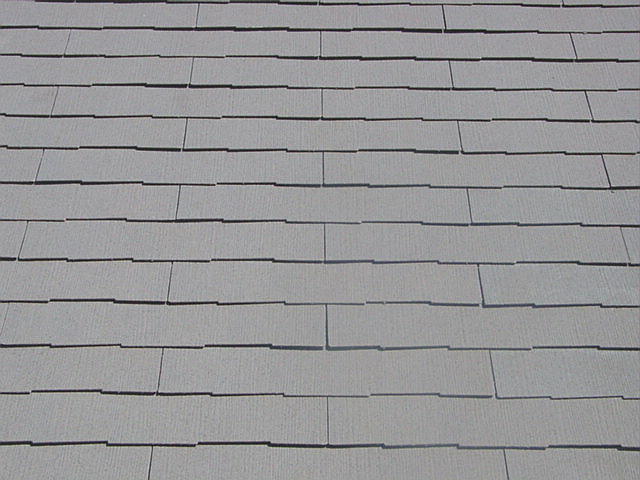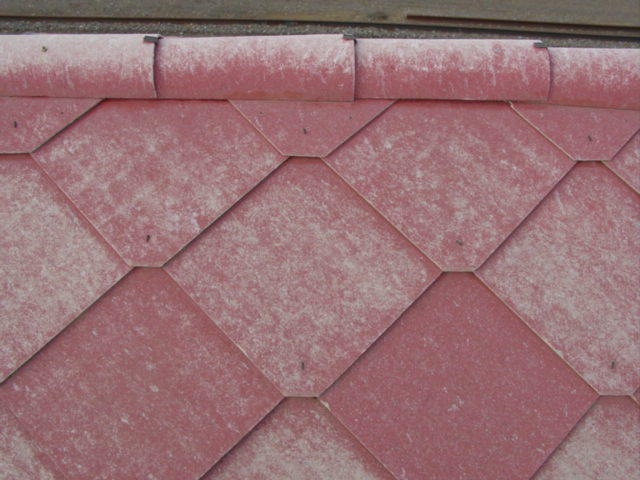|
Asbestos is a mineral which was formed millions of
years ago. An interesting material it is as  heavy and dense as marble
yet remains a simple nugget of silky fibers. It will not burn or
rust and resists erosion. Its composition is primarily magnesia,
silica and some alumina, ferrous oxide and water. Its fibers are
smooth and non-tubular hence separating it from all other known
types of fibres. heavy and dense as marble
yet remains a simple nugget of silky fibers. It will not burn or
rust and resists erosion. Its composition is primarily magnesia,
silica and some alumina, ferrous oxide and water. Its fibers are
smooth and non-tubular hence separating it from all other known
types of fibres.
The concept of the asbestos shingle was born out of
need. As architectural variations flourished, and the different
needs of roofing conditions changed, it became apparent that there
be offered roofing materials that would provide “absolute”
protection from any possible weather condition. Furthermore, with
the awareness of huge annual fire losses, the selection of a roofing
material that could not burn or carry fire became even more of a
priority than the architectural value. The mineral fiber asbestos
roofing material seemed to offer it all.
The first use of the asbestos roofing shingles and
siding occurred in Europe in the late 1800’s and its extensive use
kindled the desire and the need for the product in the United
States. The first American made asbestos shingles were manufactured
by the Ambler Asbestos Shingle & Sheathing Company in 1905. They
had two facilities, one in Ambler, PA and the other in St. Louis,
MO. They initiated sales offices throughout the eastern United
States.
Like any great entrepreneurial concept, similar
ideas and companies with the desire to compete sprung up and by the
1920’s most major roofing supply companies such as Carey,
Johns-Mansville, Century, Eternit and others were in full production
of asbestos shingles, siding and simulated lumber products. Since
the peculiar properties of asbestos were well adapted to commercial
uses, the products created included applications for heat
conservation, electrical and plumbing insulation and other
conservation purposes. It eventually evolved into the auto industry,
with most brake lining facilities using the asbestos processes.
Regardless of the use or the location of the factory, much of the
Chrysotile Fibre asbestos came from mines in Canada and Arizona.
Asbestos has always stood uniquely alone, a rock as
old as the world which has remained  virtually immune to the
forces of heat, weather, moisture and wear. It can also be
manipulated into a variety of useful forms and shapes. It is
quarried in much the same way that stone is mined and except for its
color it looks like ordinary rock. It is only after the process of
mechanical manipulation takes place that the extracted fibres can be
changed into the multitude of useful articles used throughout the
years. virtually immune to the
forces of heat, weather, moisture and wear. It can also be
manipulated into a variety of useful forms and shapes. It is
quarried in much the same way that stone is mined and except for its
color it looks like ordinary rock. It is only after the process of
mechanical manipulation takes place that the extracted fibres can be
changed into the multitude of useful articles used throughout the
years.
Having been a mere curiosity of the ages it
eventually became a widely used mineral with a wide range of useful
and technologically related applications. And, as time went on the
eventual dangers of the product also became apparent. Today, while
asbestos still has beneficial and practical uses, the way it is used
and handled has become paramount and any type of handling must be
performed according to the specified standards.
More information about Asbestos
shingles
| Identification
Photos ...

NOTICE: THIS WEBSITE SECTION IS
PROVIDED AS A COURTESY TO CONVEY SOME OF THE INFORMATION AVAILABLE
ABOUT ASBESTOS CONTAINING ROOFING MATERIAL, MINERAL FIBER CEMENT
AND/OR TRANSITE ROOFING AND SIDING MATERIAL. IT BY NO MEANS SHOULD
BE CONSTRUED TO MINIMIZE THE IMPORTANCE OF THE PROPER CARE AND
HANDLING OF THIS OR ANY OTHER POTENTIALLY HAZARDOUS ROOFING MATERIAL
AND DOES NOT REPLACE, MODIFY OR NEGATE ANY OF THE STATE OR FEDERAL
REGULATIONS WHICH EXIST FOR THE PURPOSE OF GOVERNING THE WAY THIS
TYPE OF MATERIAL IS WORKED WITH. IT IS RECOMMENDED THAT PRIOR TO
WORKING WITH THIS TYPE OF PRODUCT ONE SHOULD THOROUGHLY RESEARCH THE
RULES AND REGULATIONS ASSOCIATED WITH IT AND THE AREA IN WHICH THE
WORK SHALL BE PERFORMED.
|